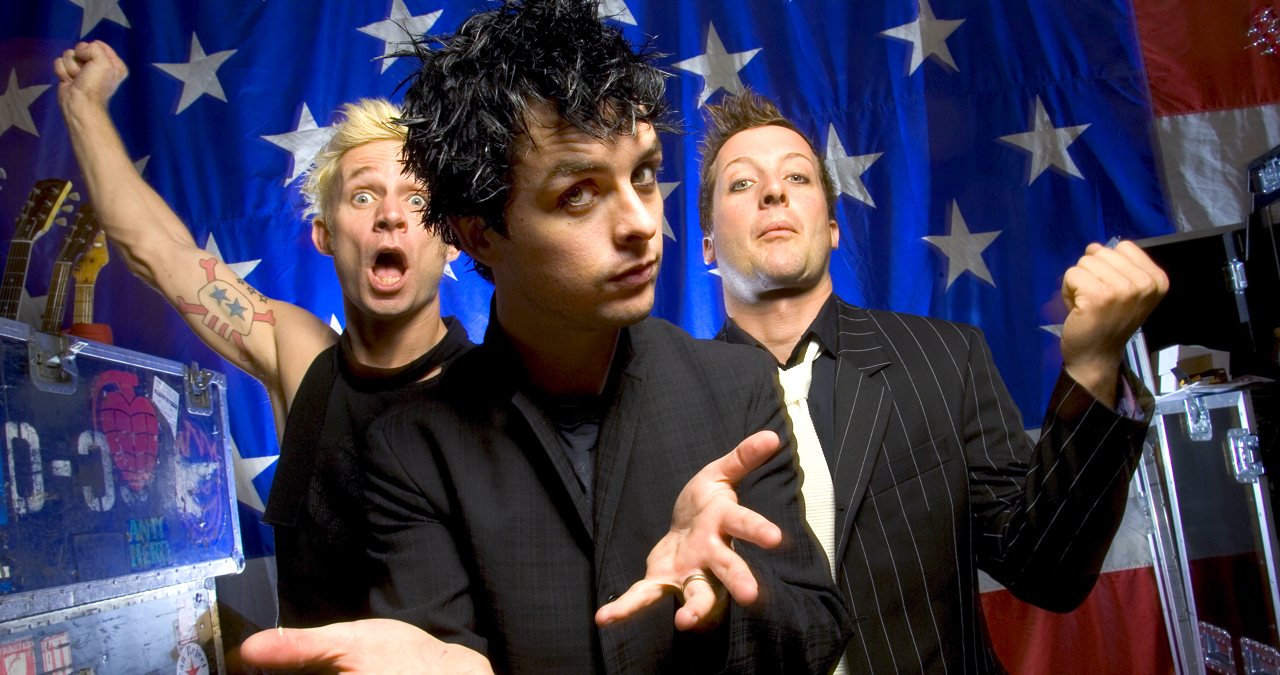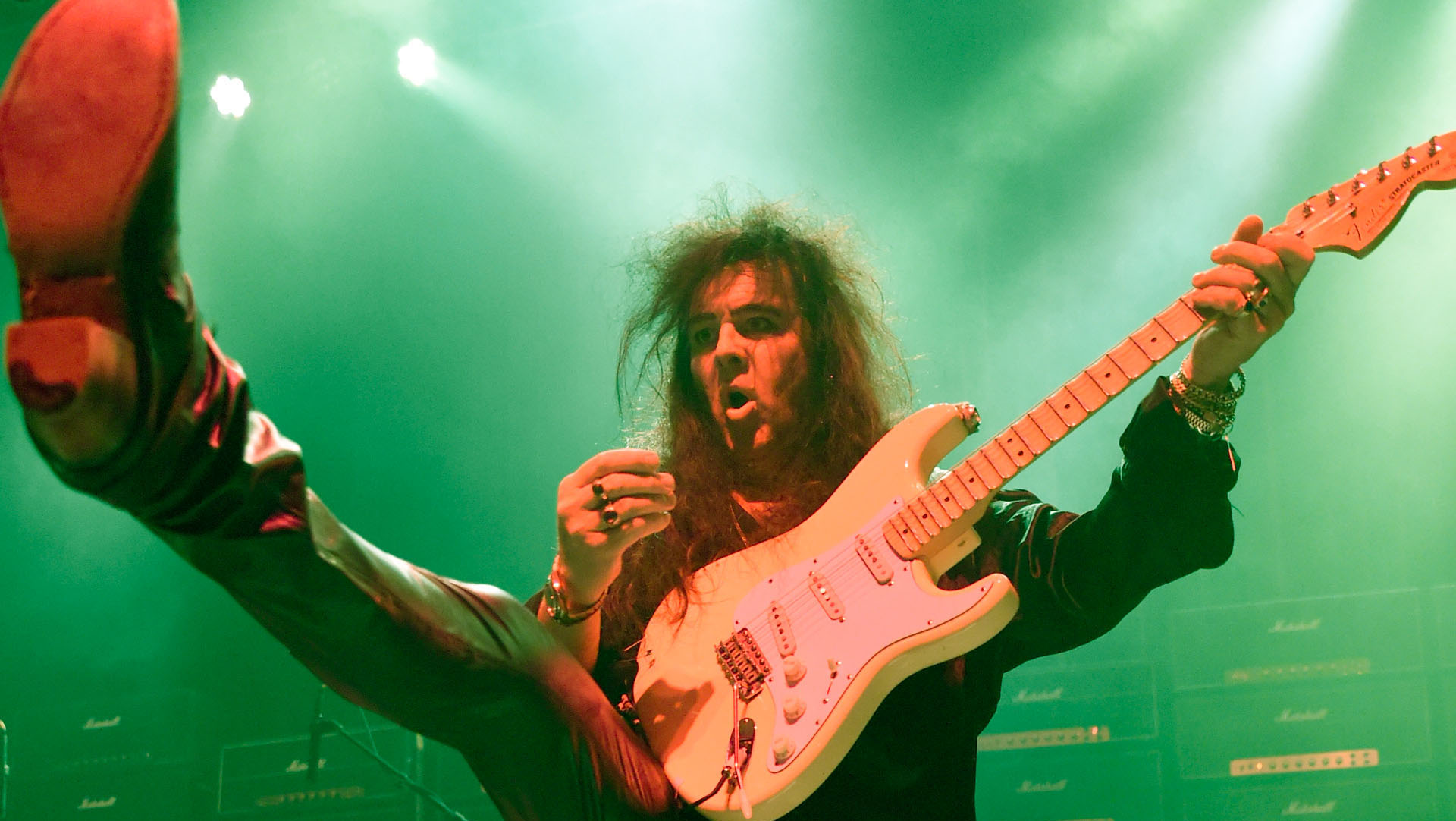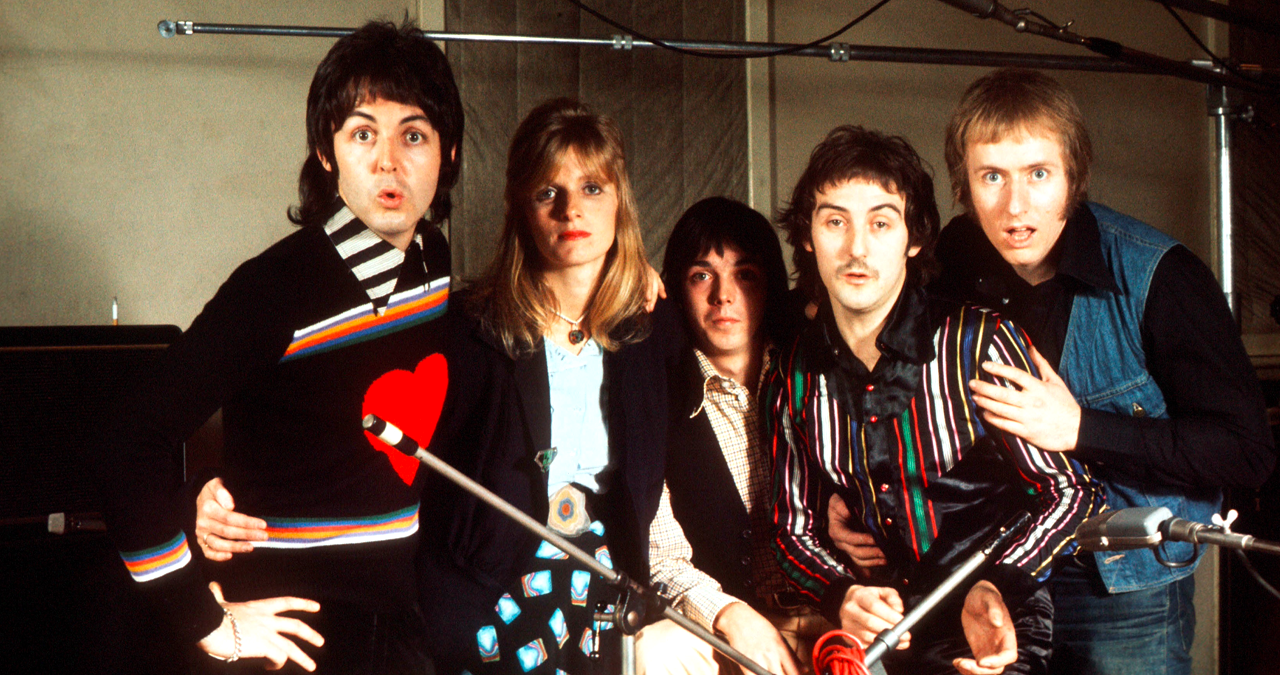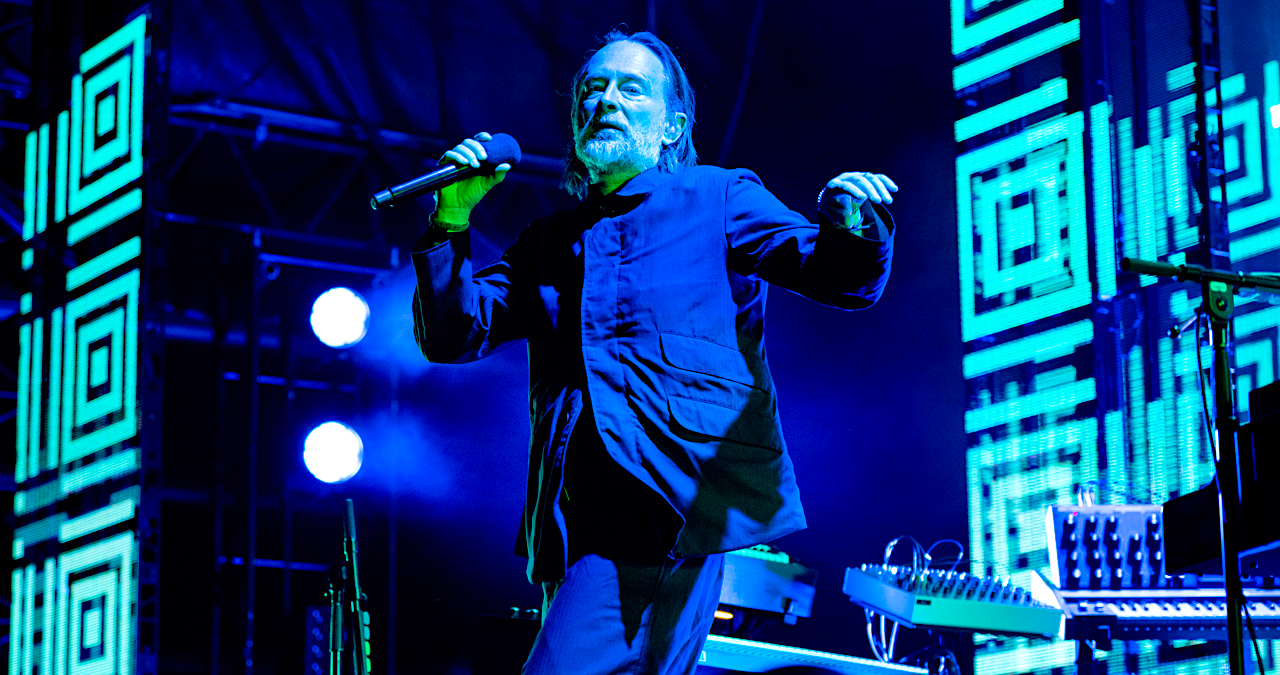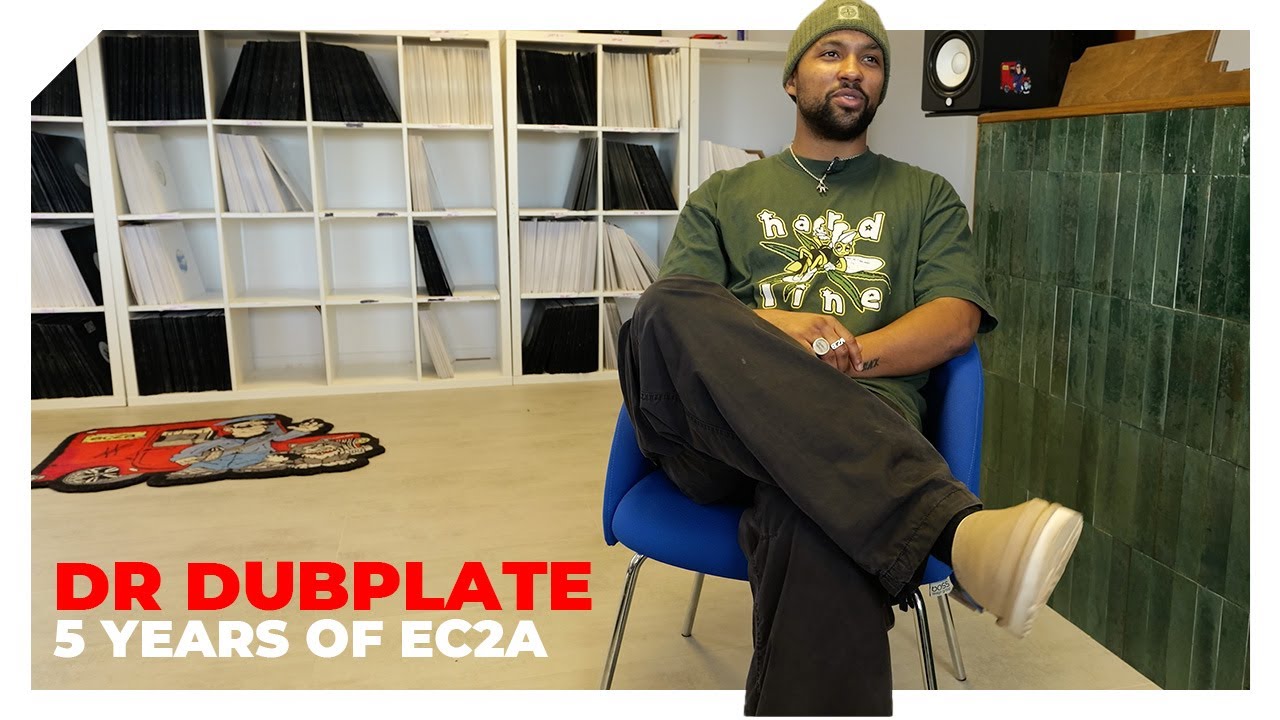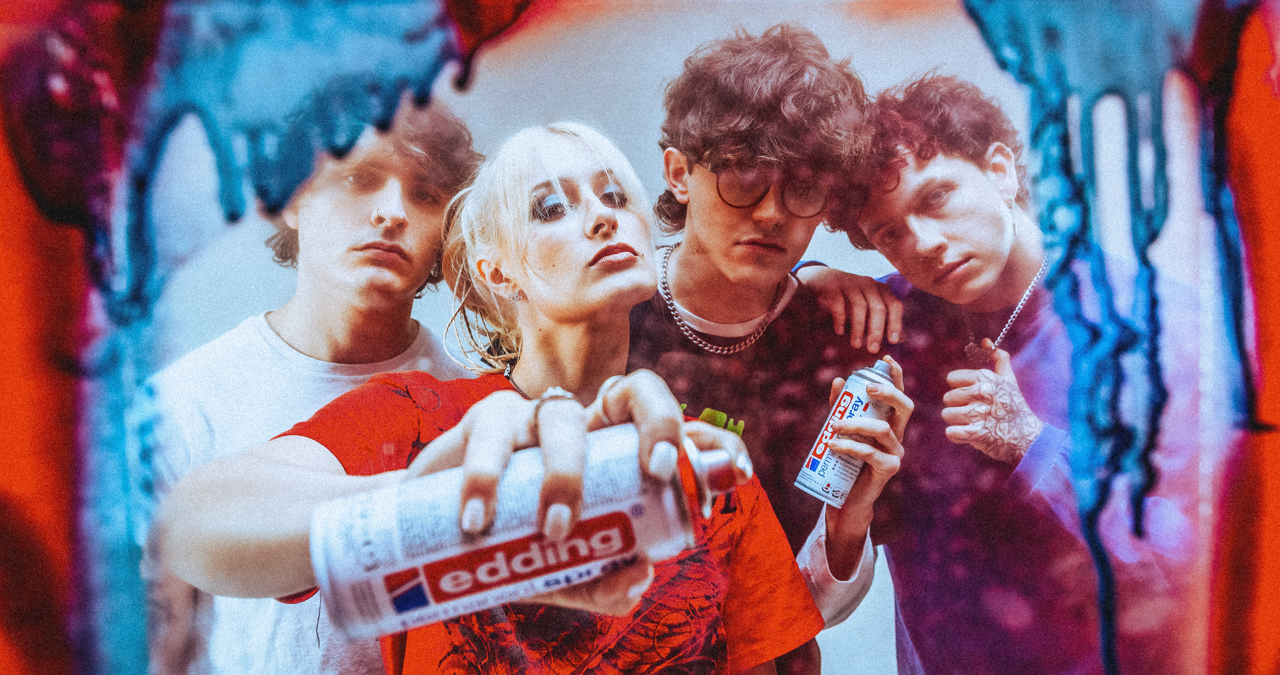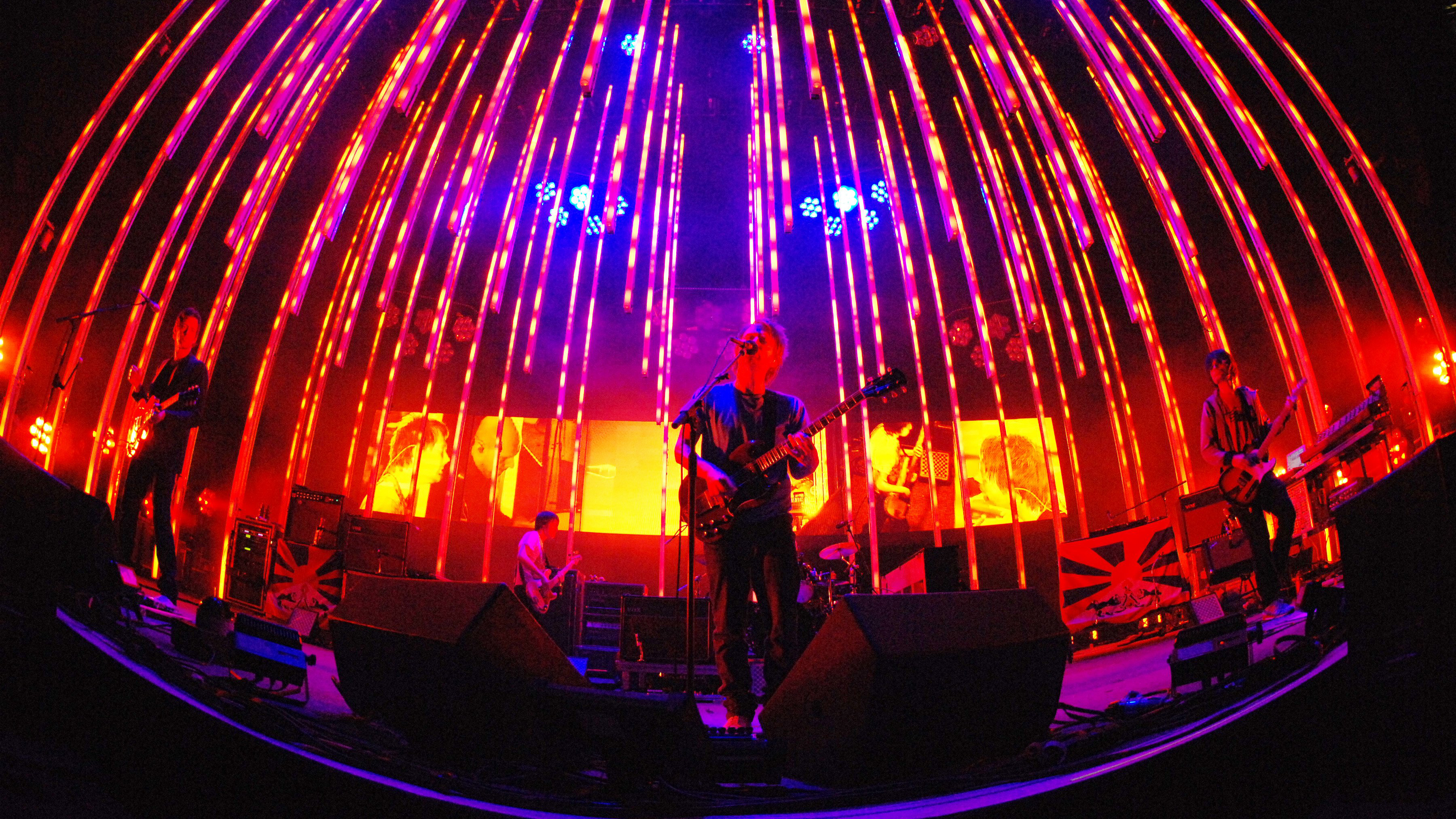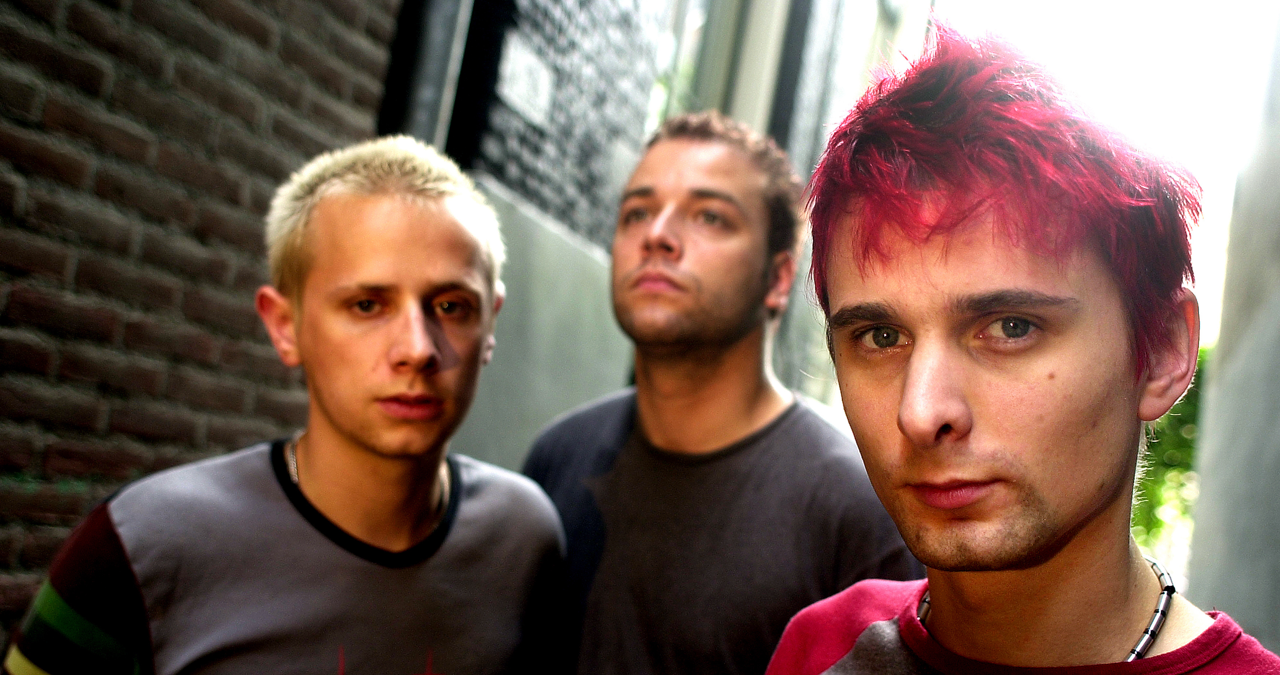“When I came up with the guitar part, Krist looked at me and said, ‘That is so ridiculous’. I made the band play it for an hour and a half”: It defined the '90s, yet Nirvana’s biggest anthem started out as a self-confessed rip-off
It was written to be the ultimate pop song, and with over two billion streams, the legacy of Nirvana’s most popular cut endures
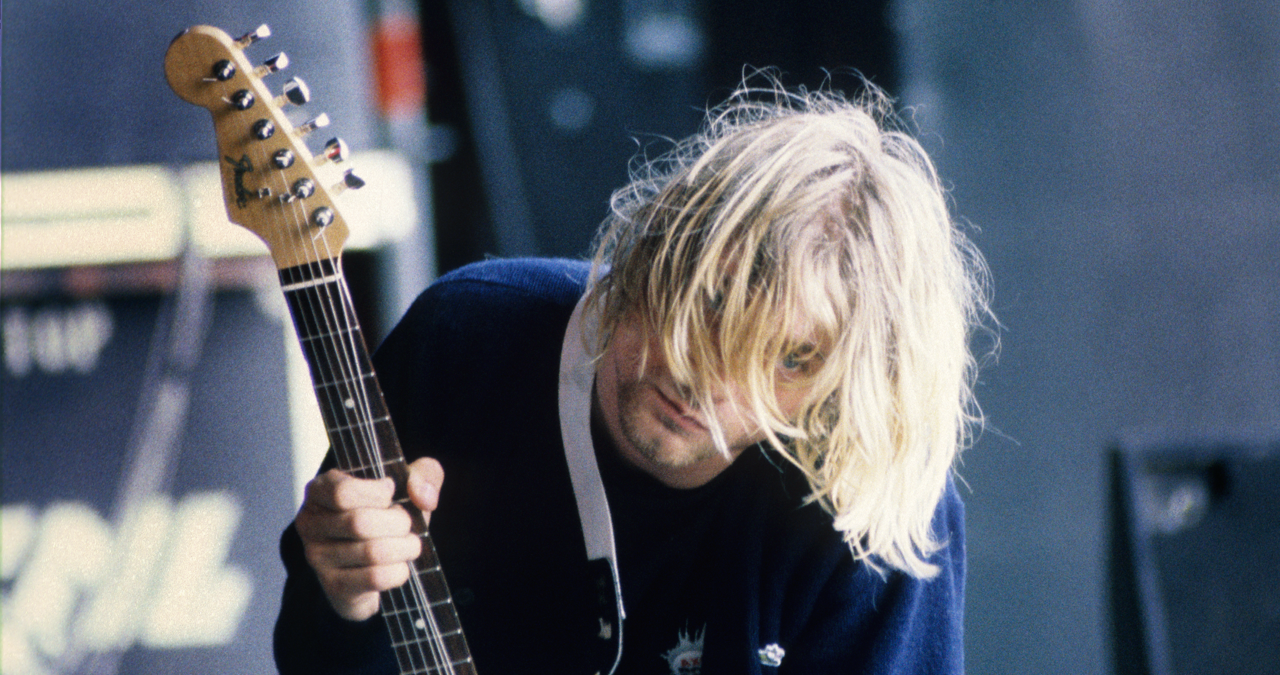
“With the lights out, it’s less dangerous. Here we are now, entertain us.” It’s one of the most anthemic choruses in the history of rock - possibly in the whole history of popular music. But, just why did a song from a then-little known Seattle grunge outfit end up swamping the ears and minds of the youth of the ‘90s?
Smells Like Teen Spirit, the lead single from the band’s 1991 breakthrough second album, Nevermind, fast became Nirvana’s signature song, thanks to a combination of critical factors.
One of which is inarguably its construction. Though built around four chords (F, Bb, Ab, Db), Its circular ‘chank-a-chank’ strumming pattern and striking use of light-and-shade dynamics (not to mention the roar of Kurt Cobain’s fuzz-soaked guitar) resulted in a song that grabbed the listener forcefully. It was tailor-made for radio-play.
Cobain’s vocal transition from the withdrawn cool of the verse to the impassioned, ragged-throated shouting in the chorus was the first exposure many listeners would have to the Nirvana frontman’s mercurial persona.
In an interview with Rolling Stone, shortly before his untimely death in 1994, Cobain was asked about the origins of a song which (as a read of said interview soon reveals) the troubled songwriter was already growing weary of. “I was trying to write the ultimate pop song. I was basically trying to rip-off the Pixies. I have to admit it," Cobain told Rolling Stone.
"When I heard the Pixies for the first time, I connected with that band so heavily I should have been in that band - or at least in a Pixies cover band. We used their sense of dynamics, being soft and quiet and then loud and hard. ‘Teen Spirit’ was such a clichéd riff. It was so close to a Boston riff or ‘Louie, Louie.’ When I came up with the guitar part, Krist [Novoselic - Nirvana's bassist] looked at me and said, ‘That is so ridiculous.’ I made the band play it for an hour and a half.”
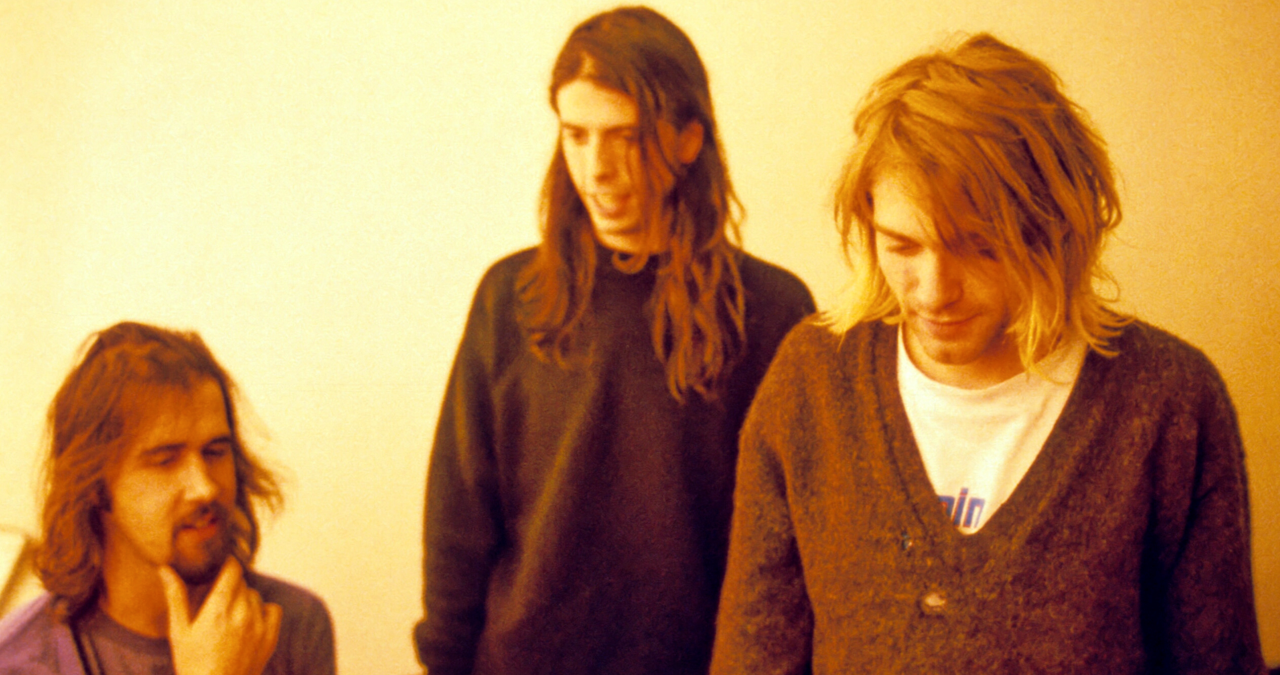
As Cobain reveals, the Pixies influence is stamped all over Smells Like Teen Spirit, with Black Francis’ outfit’s mastery of quiet and loud dynamics something that Kurt, as a devotee, purposefully channelled.
Just listen to any number of Pixies cuts, from Gouge Away and Monkey Gone to Heaven to Debaser and Where is My Mind? It's clear that lurching transitions between quiet verses and explosive choruses (often repeating the same verse chords, albeit caked in fiery distortion) were nothing new.
But, none of these Pixies songs ever broke into the mainstream consciousness in quite the same way that Smells Like Teen Spirit did. The first key to unlocking why that was is to grasp how the song was coded with Kurt's whole ethos.
Nirvana's philosophy and attitude was transmitted, almost virus-like by the song, infecting the inner lives of a generation weary of '80s excess, and in search for music's new figureheads. They wanted a band that spoke for them, and for a band that appeared to have emerged out of the same kinds of bedrooms where they spent most of their time.
Kurt's apathetic, nonchalant outlook found perfect articulation in the song's central demand to ‘entertain us’. It jibed strongly with Generation X, and ushered in the era of grunge’s dominion over fashion and youth culture.
To a passive listener, Cobain's often contradictory lyrics might have seemed purposefully sloppy. However, Michael Azerrad, writing in his 1993 book Come As You Are: The Story Of Nirvana, had this to say about the seemingly meaningless lyrics underpinning the (then still fresh) Smells Like Teen Spirit; "The point that emerges isn't just the conflict of two opposing ideas, but the confusion and anger that the conflict produces in the narrator - he's angry that he's confused".
Perhaps crucially, Cobain’s persona was no pose. Though now signed to David Geffen's DGC Records (and with a considerably bigger studio budget for Nevermind than the band had for their 1989 debut, Bleach) Cobain was reluctant to let the demands to record for a more general audience affect his songwriting.
Get the MusicRadar Newsletter
Want all the hottest music and gear news, reviews, deals, features and more, direct to your inbox? Sign up here.
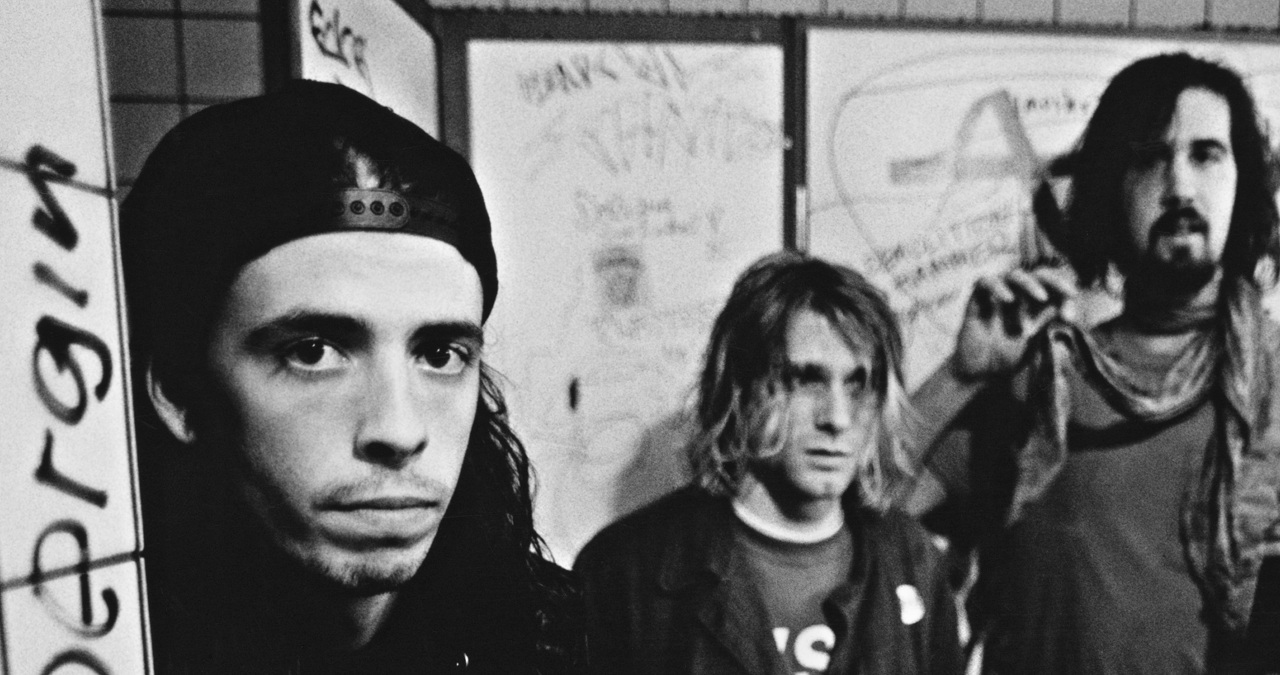
“[Here we are now, entertain us’] came from something I used to say every time I used to walk into a party to break the ice,” Cobain told Rolling Stone. “A lot of times, when you’re standing around with people in a room, it’s really boring and uncomfortable. So it was ‘Well, here we are, entertain us. You invited us here’”.
Evidence suggests that the song’s status as a clarion call to a dispossessed youth wasn’t just something daubed onto the song by journalists, but an intrinsic part of the way the single was launched.
Its iconic Sam Beyer-directed video - shot in a murky school gymnasium - presents the band riling up a surging crowd of revolution-ready teens. It synergised perfectly. In fact, it was the video that propelled the song out into the wider world.
Upon the single's release on September 10th 1991, things looked fairly disappointing - selling only a few copies and receiving play just on genre-aligned radio. But, once the video was in-hand, regular MTV rotation drilled the song into the consciousness of an increasingly visual generation.
The band’s appearance - jeans, grubby t-shirts and sweat-drenched hair - was a far cry from the more performative presentation of stadium-leaning mainstream rock acts exemplified by Guns N' Roses and Metallica. It popularised the DIY aesthetic of grunge, which soon became one of the key looks of the 1990s.
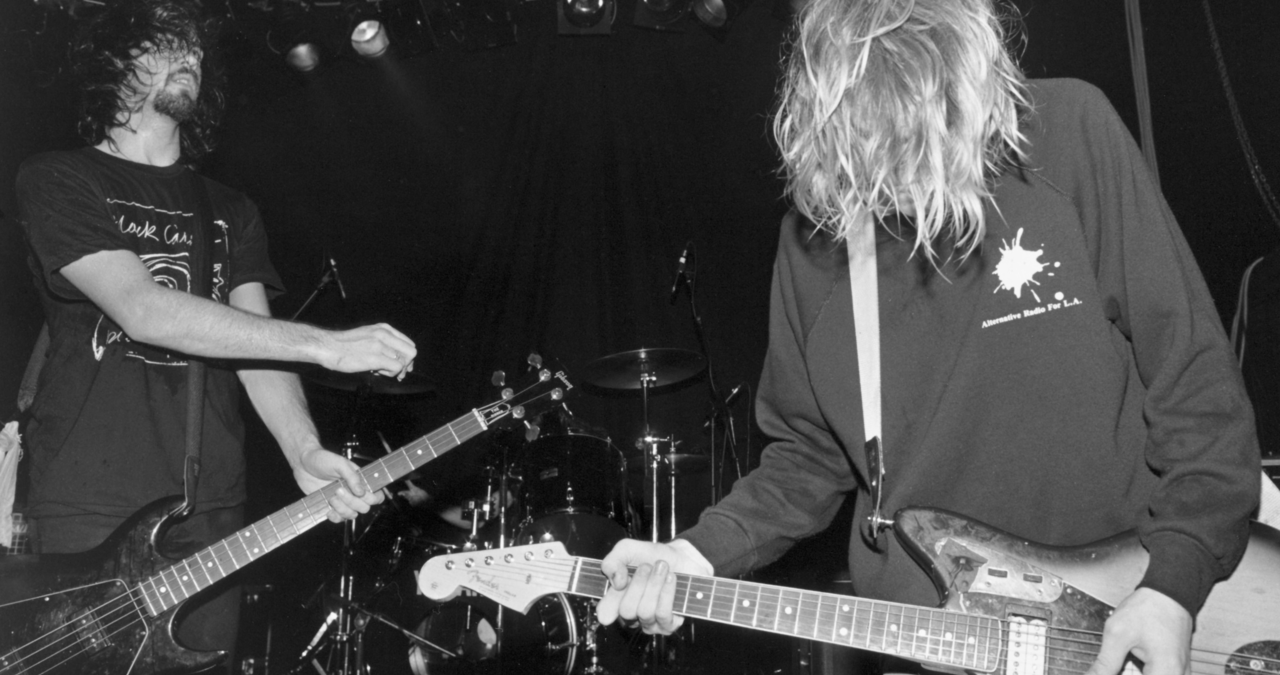
Interestingly, contemporary accounts suggest that DGC’s expectation was that the more rock radio-friendly Come As You Are would prove to be the album’s big breakthrough hit. However, once the Smells Like Teen Spirit train started moving, it didn’t let up.
The song proved, fairly quickly. that Nirvana were to be that generation's appointed torch-bearers of rock and roll’s spirit of rebellion and power. Sadly, less than three years later, Kurt committed suicide.
Prior to his death, Cobain revealed that he was more than a little disheartened that so many knew the band solely for that one song; "The reason it gets a big reaction is people have seen it on MTV a million times. It’s been pounded into their brains," Kurt also told Rolling Stone. "But I think there are so many other songs that I’ve written that are as good, if not better."

I'm the Music-Making Editor of MusicRadar, and I am keen to explore the stories that affect all music-makers - whether they're just starting or are at an advanced level. I write, commission and edit content around the wider world of music creation, as well as penning deep-dives into the essentials of production, genre and theory. As the former editor of Computer Music, I aim to bring the same knowledge and experience that underpinned that magazine to the editorial I write, but I'm very eager to engage with new and emerging writers to cover the topics that resonate with them. My career has included editing MusicTech magazine and website, consulting on SEO/editorial practice and writing about music-making and listening for titles such as NME, Classic Pop, Audio Media International, Guitar.com and Uncut. When I'm not writing about music, I'm making it. I release tracks under the name ALP.


